Cats have captivated humans for thousands of years with their mysterious allure and charming antics. While each cat has its own unique persona, there are some behavioral differences that often appear between male and female cats. This article explores these differences, providing insights and guidance for anyone interested in understanding their feline companions a bit more deeply. Let’s dive into the world of feline behavior and discover what sets males and females apart.
1. Territorial Behavior

Territoriality is a hallmark trait of many animal species, and cats are no exception. Male cats are generally more territorial than their female counterparts. This often manifests in actions like marking with urine, rubbing their scent, or even engaging in aggressive confrontations with other cats to defend their domain. Females, though territorial, often display this behavior less aggressively and over a smaller range, given their instinctual focus on kittens and nurturing.
2. Affection Levels
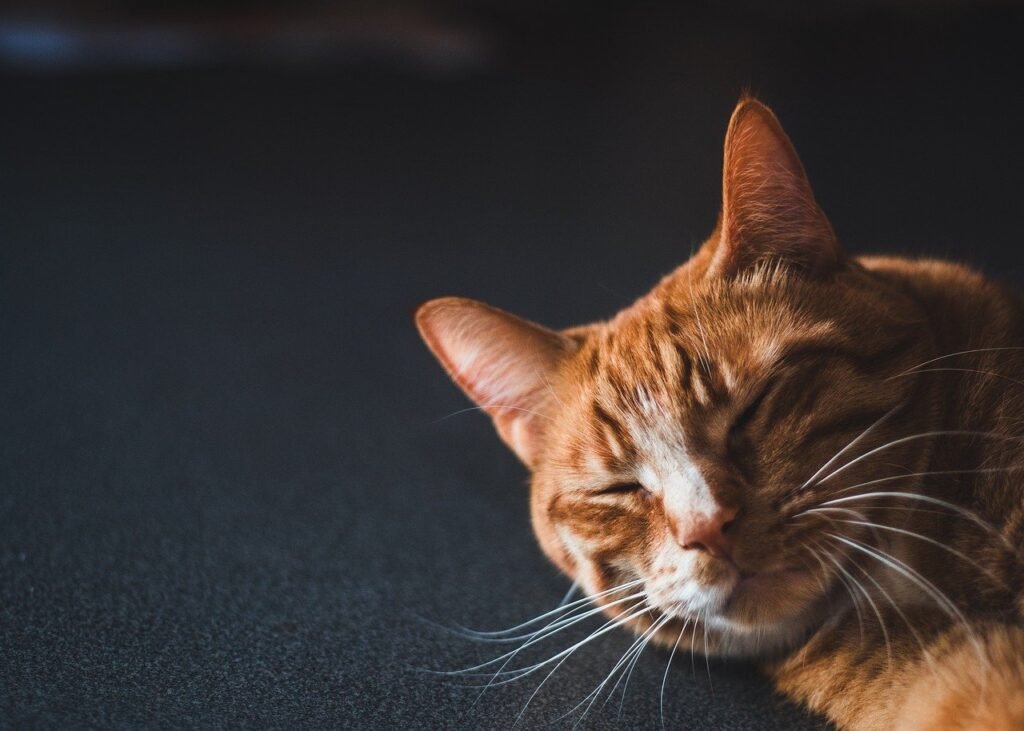
People often wonder if male or female cats are more affectionate, but in truth, it largely depends on personal temperament and upbringing. However, neutered male cats are frequently reported to be more affectionate towards humans compared to their female counterparts. Female cats, while loving, might be a bit more reserved, focusing their attention on nesting behaviors and sometimes being selective with their affection.
3. Playfulness
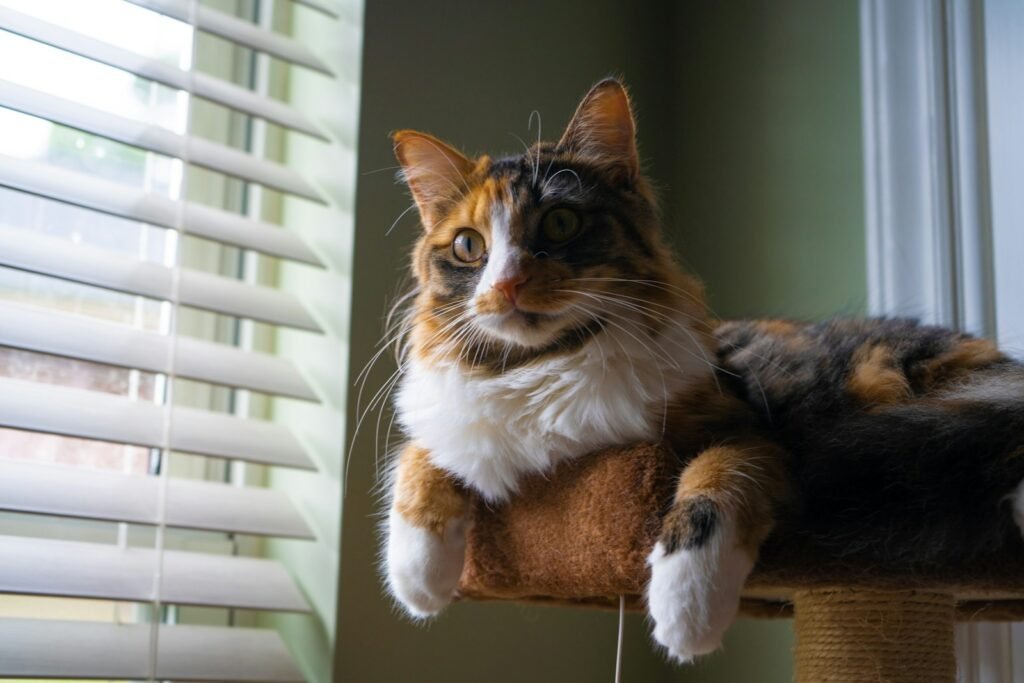
Play is a significant part of a cat’s life, helping them hone their hunting skills and manage energy. Male cats tend to retain a playful nature throughout their life, frequently engaging in antics that mirror kitten-like behaviors. Female cats do enjoy play but tend to mature out of the sassy kitten state sooner, especially if a litter is on the horizon or in their past.
4. Independence Levels

While all cats are famously independent creatures, females generally exhibit a more self-reliant demeanor. This is likely rooted in their evolutionary role as caretakers. They might be more inclined to spend time alone, particularly if they’ve had a litter of kittens. Males are often more social with humans and other pets, often forming close bonds with their human families.
5. Hunting Instincts
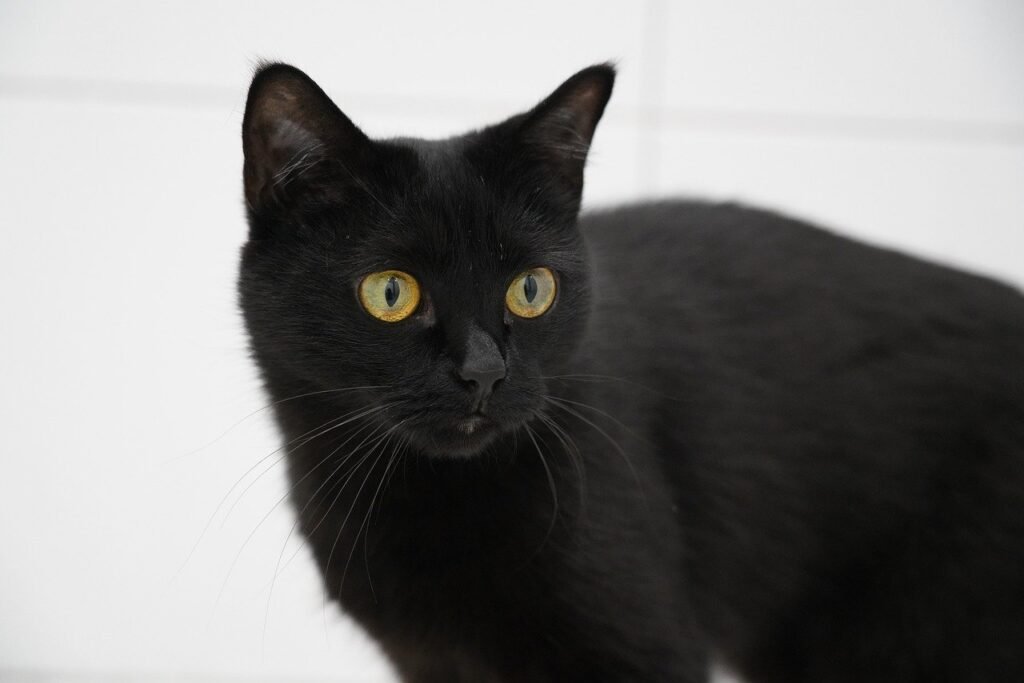
Cats, as obligate carnivores, are natural hunters, and both genders exhibit strong prey drives. Female cats, though, often show heightened hunting behaviors due to their nurturing instincts to provide food for their offspring. Male cats also enjoy hunting, but their motivation may not be as driven by reproductive instincts as females.
6. Vocalization
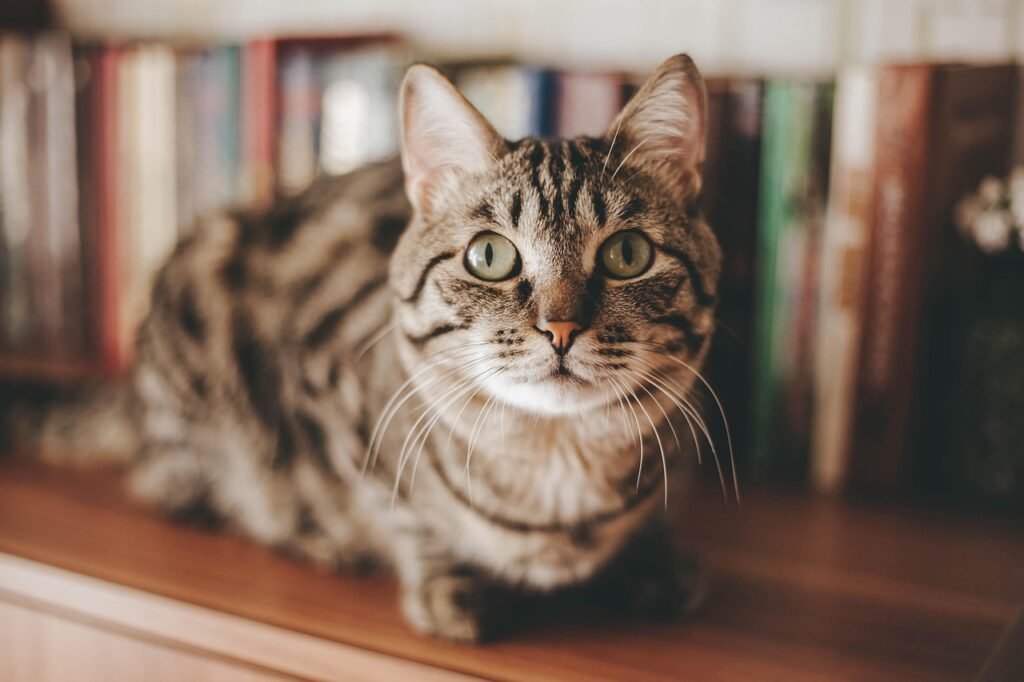
Cats communicate with their environment through various sounds, from meows to purrs and hisses. Male cats, particularly unneutered ones, may vocalize more than females as part of their territorial and mating calls. Females, especially when in heat, can also exhibit increased vocalization, which is mostly directed towards attracting mates.
7. Grooming Habits
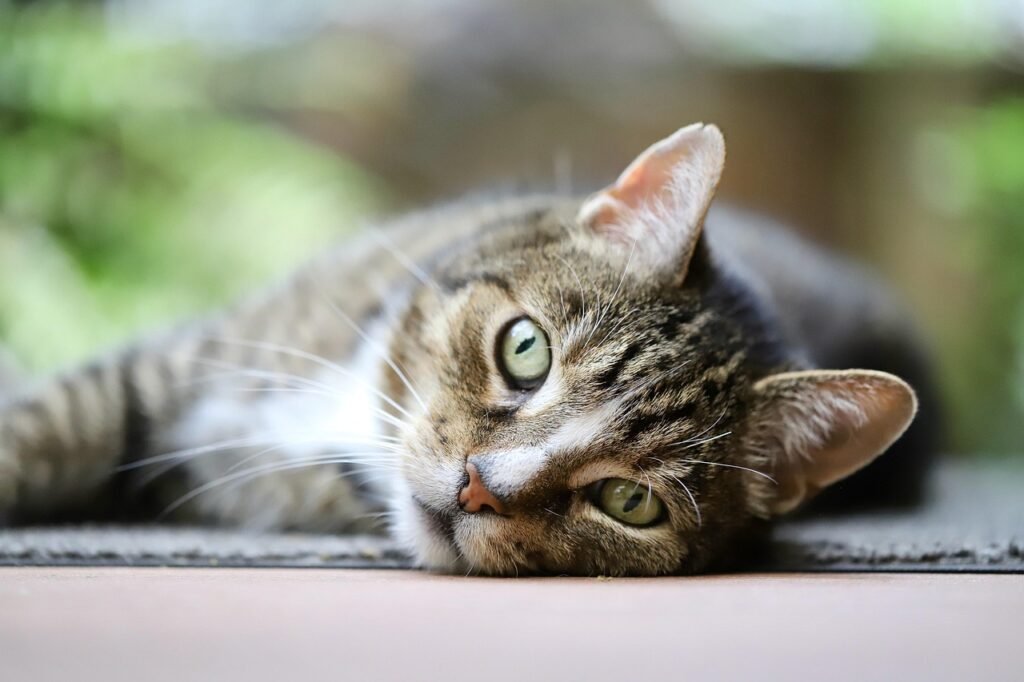
When it comes to grooming, female cats often take the lead. They tend to be meticulous groomers, a trait that’s believed to stem from their role as mothers responsible for cleaning their kittens. Male cats, while clean, may not be as fastidious, sometimes requiring a little more help in maintaining their sleek appearance.
8. Mating Behaviors

Male and female cats display distinct behaviors during mating periods. Male cats are known for their territorial calls and may become restless, seeking out females to mate. Females exhibit specific behaviors too, such as increased affection, vocalization, and even presenting themselves for mating during their heat cycles. These behaviors are often controlled post-neutering or spaying, leading to a calmer demeanor in both sexes.
Conclusion
Understanding the behavioral differences between male and female cats can deepen the bond with your furry friend and enhance your appreciation of their unique characteristics. While gender plays a role, individual personality and environmental factors also significantly influence a cat’s behavior. As such, it’s beneficial to observe and engage with your cat on a personal level to truly understand their distinctive traits. Regardless of gender, with patience, love, and care, any cat can become a treasured companion.
Hi, I’m Bola, a passionate writer and creative strategist with a knack for crafting compelling content that educates, inspires, and connects. Over the years, I’ve honed my skills across various writing fields, including content creation, copywriting, online course development, and video scriptwriting.
When I’m not at my desk, you’ll find me exploring new ideas, reading books, or brainstorming creative ways to solve challenges. I believe that words have the power to transform, and I’m here to help you leverage that power for success.
Thanks for stopping by, Keep coming to this website to checkout new articles form me. You’d always love it!






